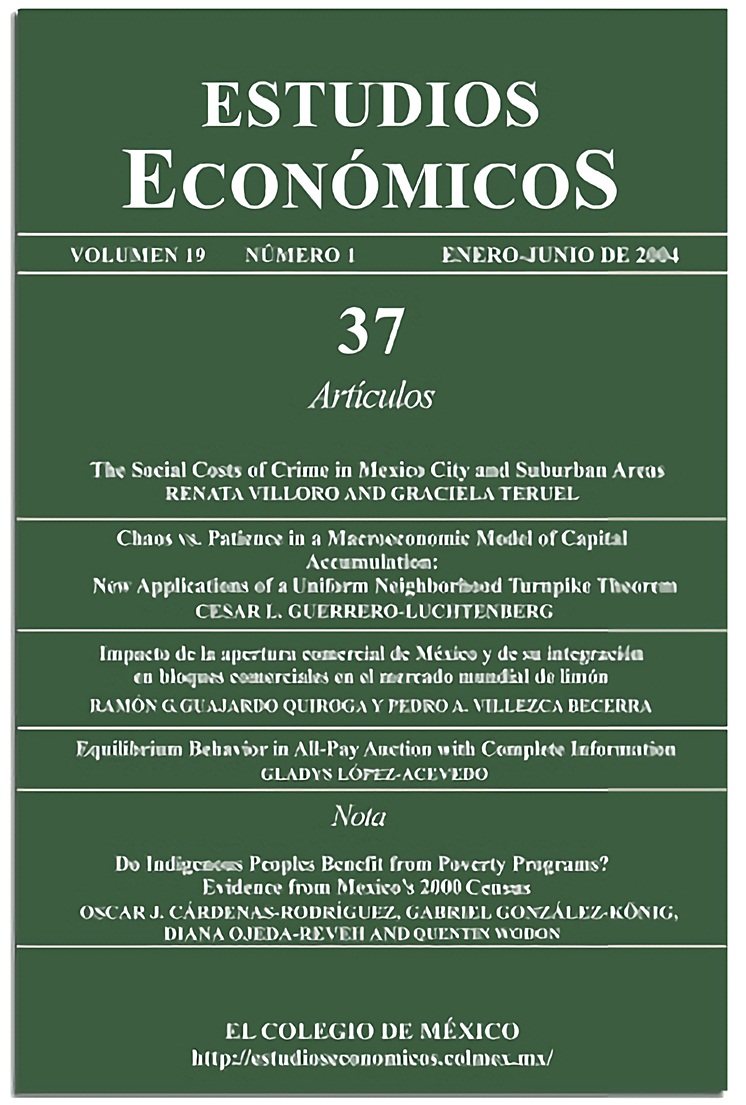Published 2004-01-01
Keywords
- Nash equilibria,
- all-pay auction
How to Cite
Abstract
A widely used sealed-bid auction is the first-price auction. In this auction, the highest bidder wins the item and pays the price submitted; the other bidders get and pay nothing. The all-pay auction is similar to the first-price auction, except that losers must also pay their submitted bids. The Nash equilibria of this game involve the use of randomized strategies, which protect bidders from being overbid by a small amount. This paper generalizes the standard Nash equilibrium analysis of the all-pay auction to allow for endogenously determined decision "errors". Such errors may either be due to mistakes or to unobserved random variation in payoff functions. The error distributions depend on equilibrium expected payoffs, which in turn determine the error distributions as a fixed point. A striking result derived in this paper is that for any structure of the error terms the generalized Nash equilibrium and the Nash equilibrium of the all-pay auction are equivalent if the error terms are identically and independently distributed.

